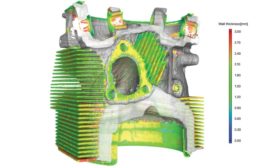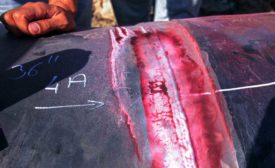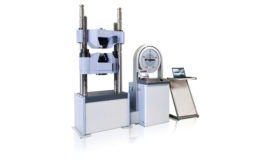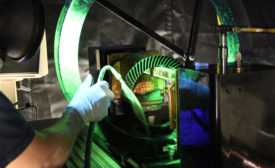Home » Keywords: » defects
Items Tagged with 'defects'
ARTICLES
Analysis and visualization software is key to final quality.
Read More
How a Global Manufacturer Prevents Defective Parts with SPC Software
Easy monitoring and actionable reporting are key.
April 30, 2019
The Ultimate Guide to Visible Dye Penetrant Testing
Some handy tips for beginners who are new to visible dye penetrant testing or NDT pros who want an easy reference guide.
February 1, 2019
Managing the Cost of Quality
We owe it to the customers and employees to keep track of these costs and continuously seek to improve them.
August 15, 2018
Still the One: The Enduring Attraction of Magnetic Particle Inspection
MPI can be applied to many industries and uses, ranging from roller coasters and nuclear power plants to aviation and aerospace.
July 8, 2018
Face of Quality
Foundation for Defect-Based Metrics
Two questions form the foundation for a defect-based metric system.
August 7, 2013
Stay in the know with Quality’s comprehensive coverage of
the manufacturing and metrology industries.
eNewsletter | Website | eMagazine
JOIN TODAY!Copyright ©2025. All Rights Reserved BNP Media.
Design, CMS, Hosting & Web Development :: ePublishing












